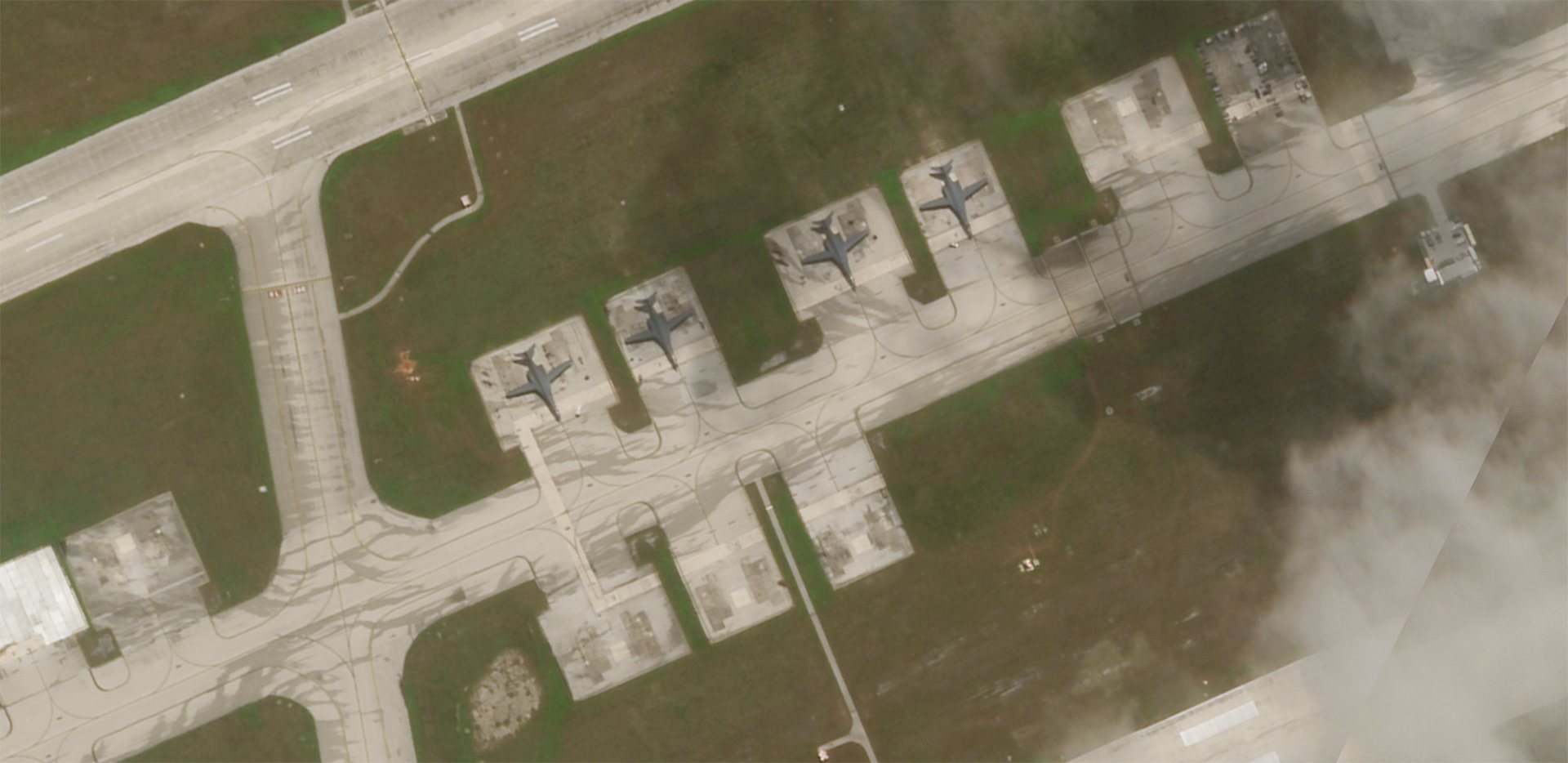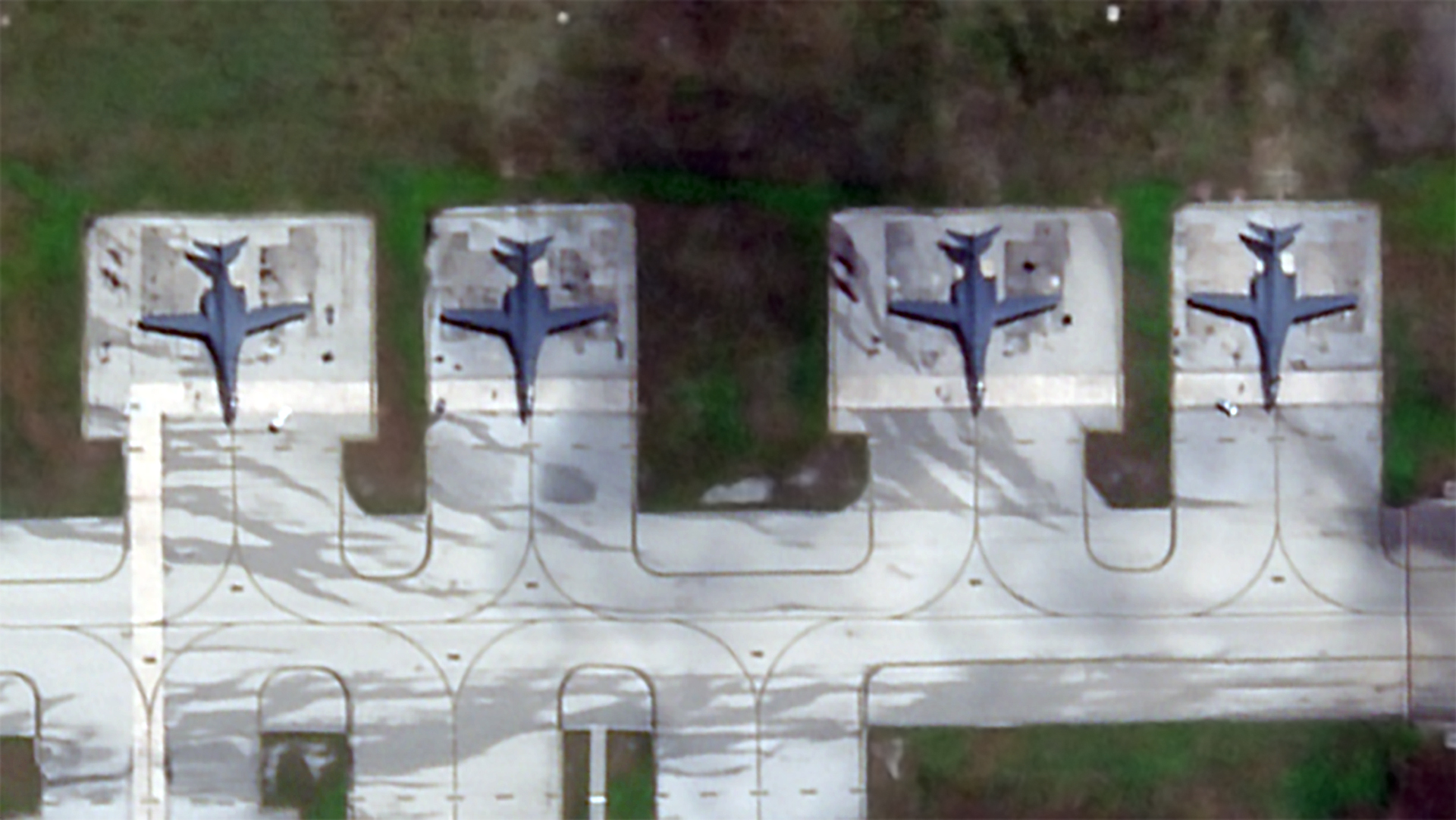A quartet of B-1B Bone bombers just arrived at Andersen Air Force Base on the island of Guam today. It isn’t clear if the bombers will be staying as part of the now sporadic bomber presence deployments to the Indo-Pacific region or if they are there to take part in a major exercise, or both. Valiant Shield, a series of large multi-domain wargames is getting underway in the region. There have also been some rumors that a B-1 deployment was imminent as a deterrent and hedge against North Korean actions, including a potential nuclear test.
In 2020, it was announced that after 16 years of fulfilling the Continous Bomber Presence mission to Guam, the Pentagon would opt for a far less predictable deployment plan to the region for its bombers. What came after was a flurry of extremely long-range bomber patrols, many from the continental United States, to Russia’s eastern borders and the tumultuous South China Sea, as well as shorter deployments to Guam or Diego Garcia in the Indian Ocean by the USAF’s B-1, B-52, and B-2 bomber force.

The last time we are aware of a significant bomber presence on Guam was in February of this year when B-52Hs deployed to the island for the annual Cope North multi-national military exercises.
The B-1 deployment comes as concerns grow over Guam’s vulnerability to enemy attack, especially from a peer state like China, something The War Zone has highlighted for years. There are discussions about greatly expanding and fortifying the island’s missile defense capabilities beyond the THAAD battery that is currently deployed there, as well as any ballistic missile defense-capable Aegis surface combatants deployed to counter such threats. Training to better survive a more limited attack is also well underway and one of the Army’s only Iron Dome batteries has been deployed to the island in an experimental initiative at better contouring cruise missile threats.

It also comes as the B-1 fleet has experienced a much-needed reset of sorts after many years of supporting combat operations in the Middle East, as well as commitments elsewhere, like the Continuous Bomber Presence missions. 17 of the aging bombers — the worst of the lot — were retired in hopes of freeing up time, money, and spares to better support the remaining 45 B-1 fleet. These jets are also getting upgrades that will hopefully keep them relevant and capable until they are replaced by the B-21 Raider in the coming decade.
With a quartet of Bones — nearly 10 percent of the fleet — now at the highly strategic island outpost, it will be interesting to see where they show up throughout the region. While patrols around Russia’s borders and the South China Sea are likely, as is participation in Valiant Shield, a resumption of patrols near North Korea would be a very important development to watch out for.
Contact the author: Tyler@thedrive.com
